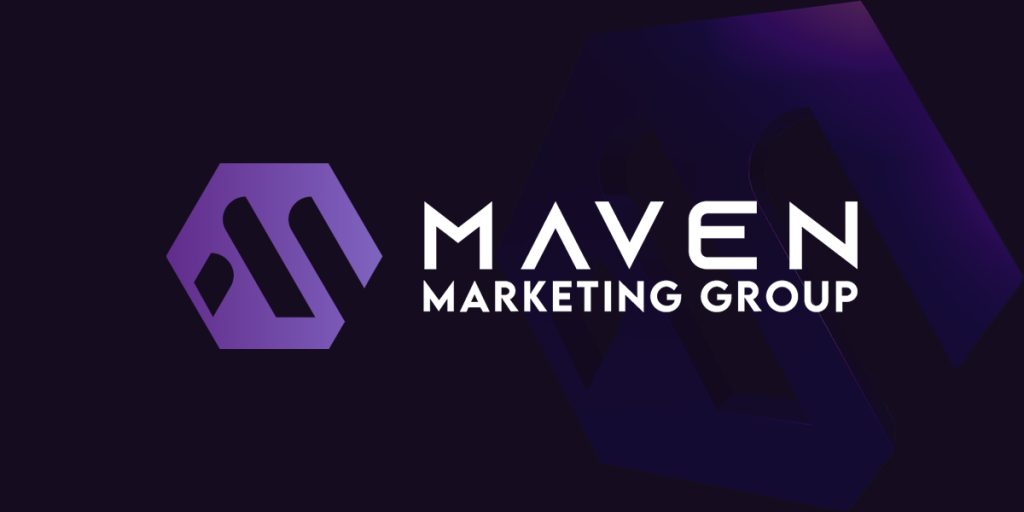
The Four C’s of website design refer to Content, Context, Community, and Commerce.
These foundational principles aim to guide designers and developers in creating websites that are not only visually appealing but also functional and user-friendly.
Here, we break down each of the Four C’s to help you understand their significance in effective web design.
Content
- What It Means: Content includes all the text, images, videos, and other media that make up the website.
- Why It Matters: High-quality, relevant content engages the audience and provides value, improving both user experience and SEO.
Context
- What It Means: Context refers to the layout and design that help deliver the content effectively.
- Why It Matters: A well-structured layout makes it easier for users to find what they’re looking for, enhancing usability and user satisfaction.
Community
- What It Means: Community involves features that encourage user interaction and engagement, like forums, comments, and social media sharing.
- Why It Matters: Building a community around your website can increase user engagement and loyalty, leading to higher retention rates.
Commerce
- What It Means: Commerce relates to the website’s ability to facilitate business transactions, which includes not just online sales but also lead generation and customer service.
- Why It Matters: An efficient marketing design system can improve the ROI of a commerce website by turning visitors into customers or leads.
In summary, the Four C’s of website design—Content, Context, Community, and Commerce—are essential elements that work together to create a cohesive, effective, and user-friendly website.
Incorporating marketing strategies within these elements can further enhance their effectiveness.
Understanding and applying these principles can significantly enhance the quality and effectiveness of your web design projects.












